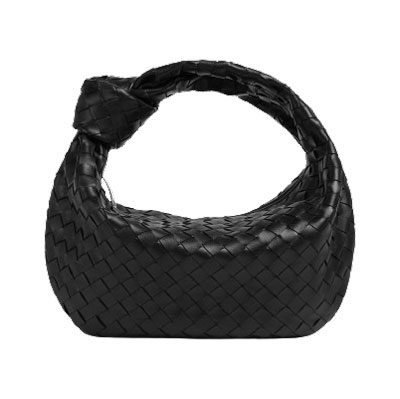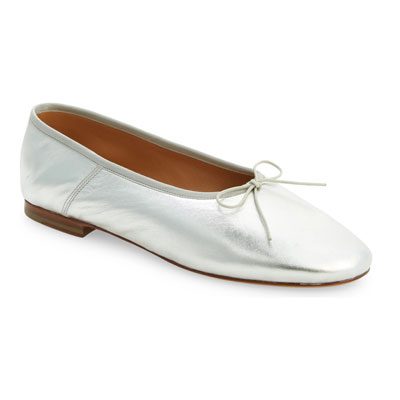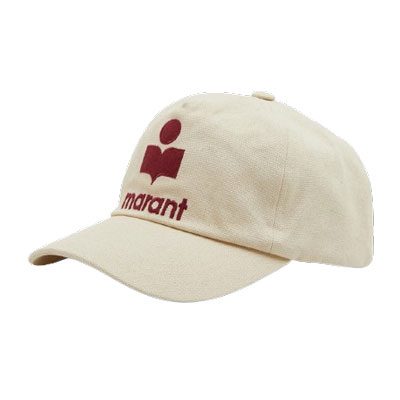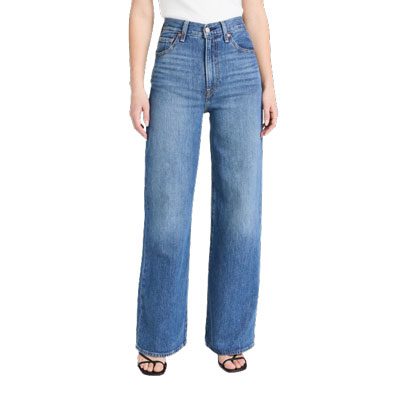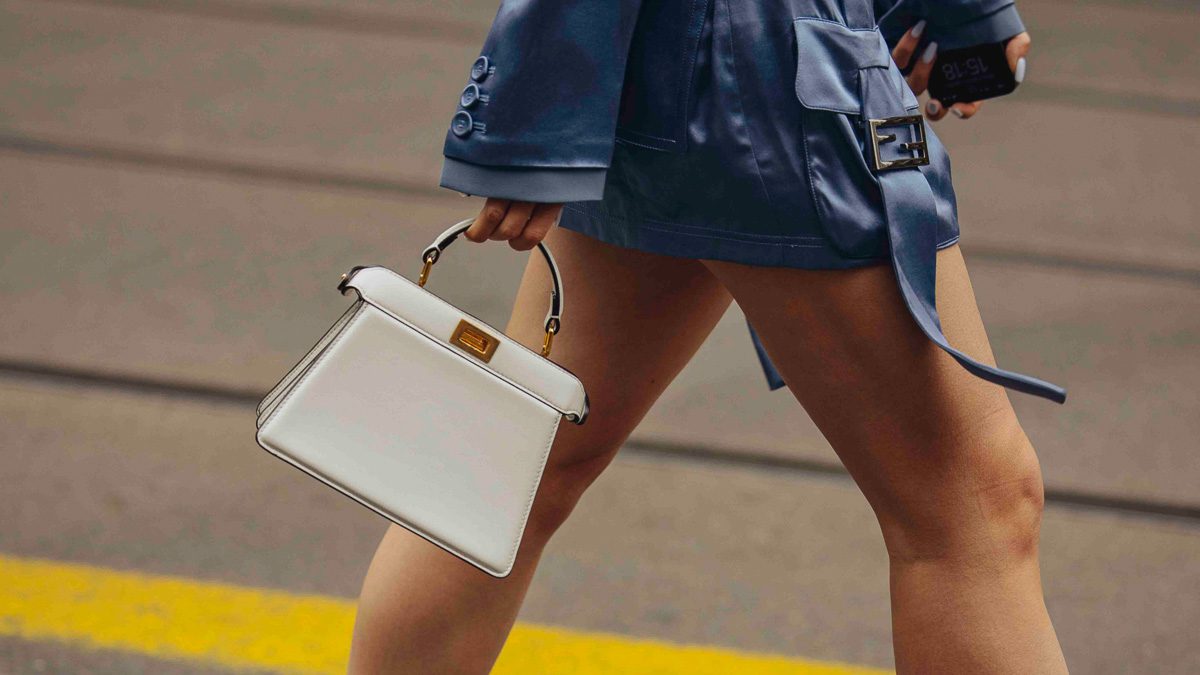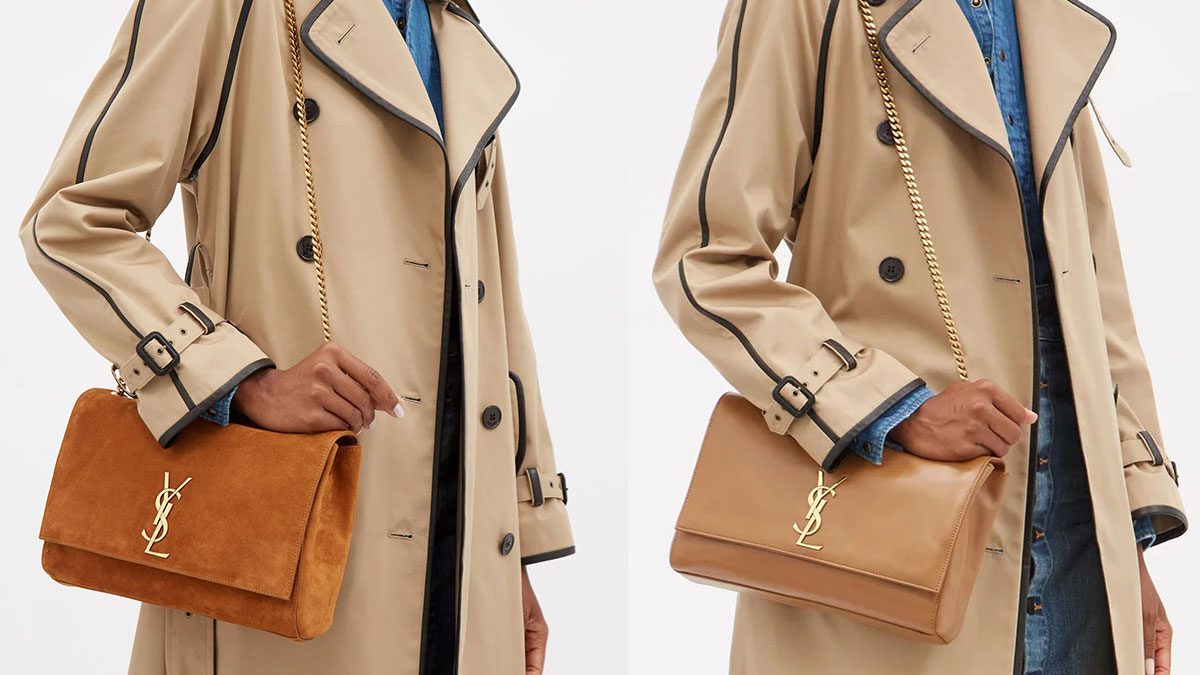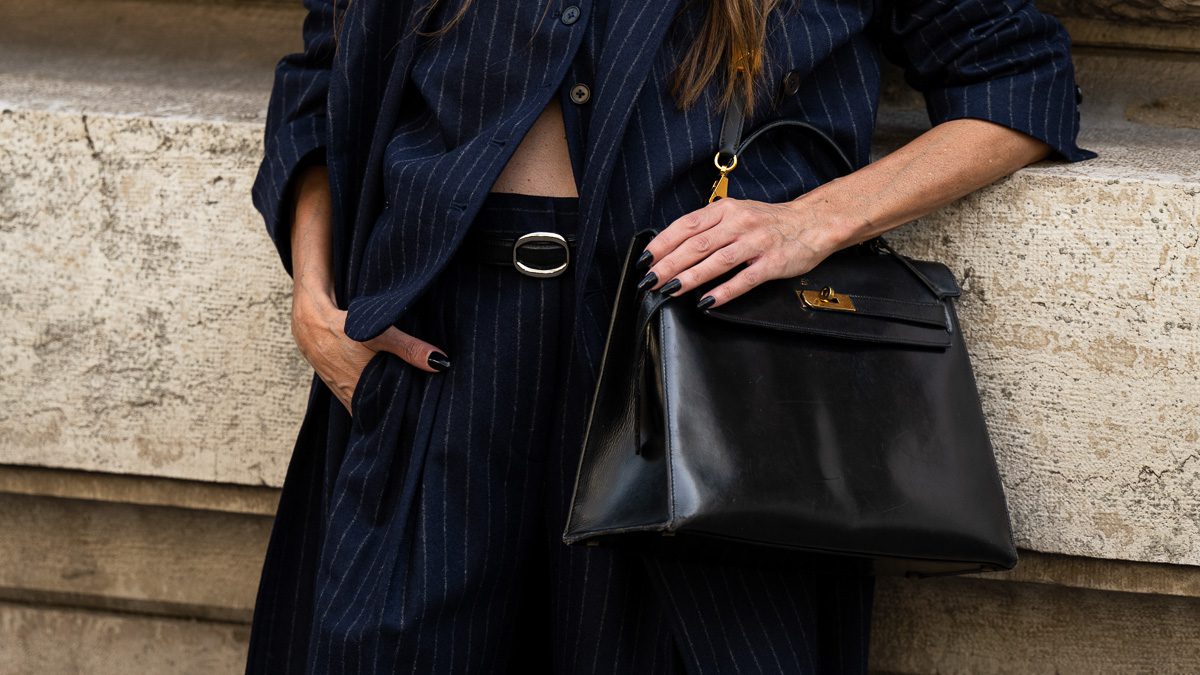All through history there have been entire generations of the public that have had both the spending power and the ideals to change a society. And while the post-war children born between 1946 and 1964 known as the baby boomers had a massive impact on economic growth thanks to their spending power and drive, it’s Gen Z that has the power to forever change the luxury fashion industry as we know it.
Gen Z has an estimated spending power of $143 billion, according to Business Insider, and while they’re touted as the digital generation, the reality is that they care about connections and community initiatives as much, if not more than their internet presence. This focus on environmental and social causes coupled with the spending power of Gen Z, who this year alone will account for about 40% of global consumers, is a perfect storm of sorts for the secondhand fashion boom.
According to Business of Fashion, few generations of consumers have gravitated towards the secondhand market in the way that younger consumers have. Today, Gen Z, whose oldest shoppers are 22, have adopted a penchant for resale fashion faster than any other generation.
40 percent of Gen-Zers bought secondhand fashion in 2019, compared to just 25 percent in 2016, according to ThredUp, an online consignment and thrift store. There’s no denying that the societal focus on sustainable fashion and the resale market is now more prevalent than ever before, and as the younger subset of Gen-Zers enter adulthood their spending power will only continue to increase, forcing retailers to take another look at the secondhand market. This influential generation of spenders has the power to completely change the industry and it is time that more luxury retailers take notice.
The luxury secondhand market is growing four times faster than the primary luxury market
The luxury secondhand market is growing four times faster than the primary luxury market, yet currently most luxury brands still refuse to capitalize on the booming secondhand market. Currently, the resale market is dominated by a plethora of key players such as Ebay, Fashionphile, The RealReal, StockX, Vestiaire Collective, Poshmark, Depop and more. Each operates in its own distinctive way and while many boast a guarantee of authenticity, horror stories of super-fakes and goods not as described are all too common.
Gucci hopes to change that, with its just-announced partnership with The RealReal, in which the brand will directly oversee the resale of items across all categories. Though Gucci is not the first brand to partner with The RealReal (Stella McCartney and Burberry also have a relationship with the company), this partnership in particular is a game-changer as Gucci continues to be one of the most popular brands among young shoppers.
As more young consumers continue to take interest in shopping resale, it’s about time that other luxury brands follow suit. If more brands were to have their hand in the reselling of their own product, everyone would win. Authenticity issues would be few and far between for starters, making consumers much more inclined to purchase secondhand. Conversely, they would likely be more willing to purchase new styles knowing they would be able to resell them should they fall out of love with a piece or find it’s no longer serving a purpose.
Luxury brands would benefit from having a stake in resale too, more than just monetarily. Concerns of diluted brand image and distribution would be alleviated with each brand having more control over their own secondary market. While there’s no denying that the opportunity is great, so is the opposition. Though there are valid reasons why luxury brands are still not sold on the idea of joining the secondary market, as luxury resale becomes more widely accepted, it’s time that more brands themselves take control of their aftermarket.





